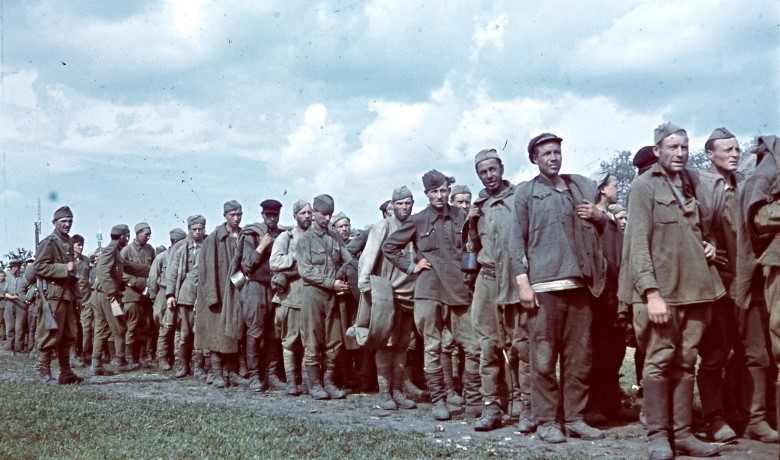Prisoners of War: The Hidden Casualties of Conflict
Throughout history, war has claimed lives not only on the battlefield but also in the confinement of prison camps. A Prisoner of War (commonly known as a POW) is a person—usually a soldier—who is captured and held by an enemy during or immediately after armed conflict. While international law offers certain protections, the experiences of POWs often reflect the darkest consequences of warfare: isolation, mistreatment, and psychological trauma.
The concept of capturing enemy combatants dates back to ancient times. In many early civilizations, captured soldiers were often enslaved, executed, or used for ransom. However, the modern idea of humane treatment for POWs developed more recently. The Geneva Conventions, first established in the mid-19th century and revised after World War II, define the rights of prisoners of war. These laws require humane treatment, including protection from torture, adequate food and medical care, and communication with families.
Yet, in practice, POWs often face harsh conditions. World War I saw millions of soldiers captured and held in camps, but it was during World War II that the world witnessed some of the most notorious examples of POW suffering. In the Pacific theater, Allied soldiers captured by Japanese forces were subjected to brutal forced labor, starvation, and physical abuse—most famously along the Burma Railway and in camps like Changi. In Europe, Nazi Germany held Soviet and other Allied prisoners under severe conditions, with many dying from disease and malnutrition.
The Cold War era and later conflicts continued to produce high-profile POW cases. During the Vietnam War, American pilots held in North Vietnamese prisons—such as the infamous “Hanoi Hilton”—endured years of solitary confinement and torture. Some, like Senator John McCain, became symbols of resilience, while others returned home physically and emotionally scarred.

POWs are not only men in uniform. In modern conflicts, civilians, journalists, and aid workers are sometimes detained under the label of “unlawful combatants” or “enemy collaborators.” Their legal status is often unclear, leaving them even more vulnerable. The post-9/11 era brought new debates about the treatment of prisoners at facilities like Guantánamo Bay, where detainees were held for years without trial, raising questions about human rights and international law.
Beyond physical suffering, the psychological impact of imprisonment is profound. POWs frequently suffer from post-traumatic stress disorder (PTSD), depression, and long-term anxiety. Reintegrating into society after release can be difficult. Some feel forgotten or misunderstood, especially when their sacrifices are not fully acknowledged.
Despite these hardships, many prisoners of war have shown remarkable courage and resilience. From secret communication networks inside prison walls to acts of defiance in the face of torture, POWs have often demonstrated the human spirit's endurance. Their stories continue to be told in memoirs, documentaries, and films—not only to honor them but to remind the world of war’s lasting costs.
In the end, the status of a prisoner of war is not just a legal classification—it is a humanitarian concern. How nations treat their captives is a reflection of their values. As long as conflicts persist, the international community must remain vigilant in protecting those who fall into enemy hands, ensuring dignity even in the most undignified circumstances.



-1752135648-q80.webp)
-1751940976-q80.webp)